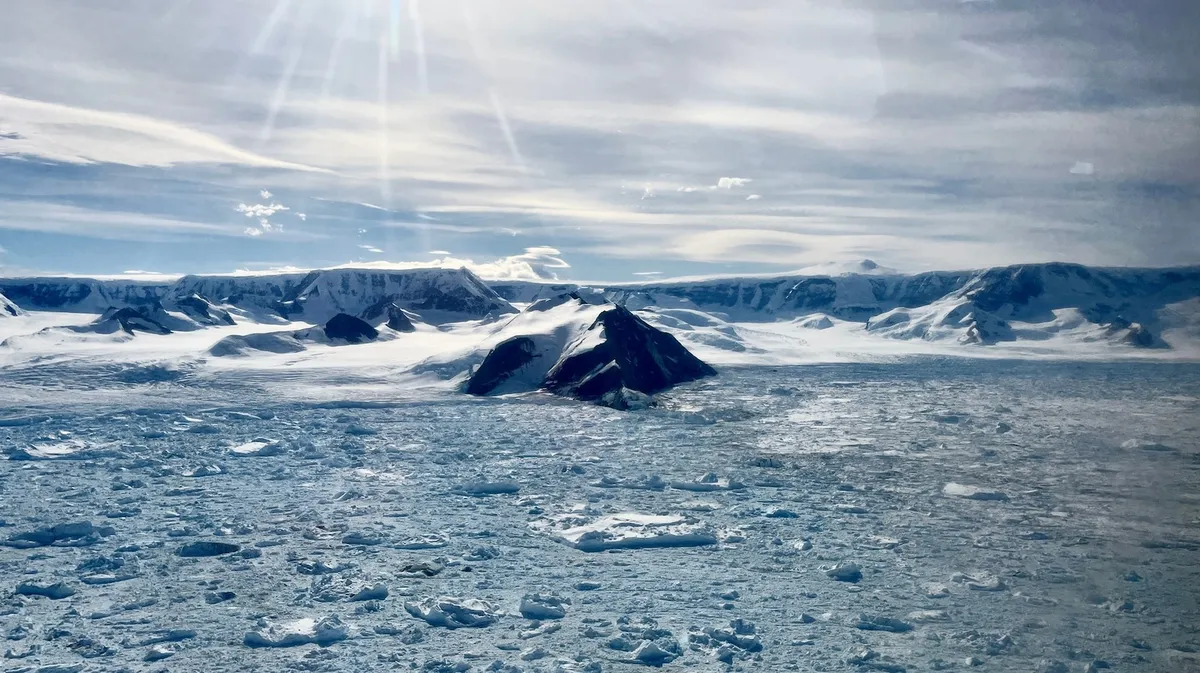
A recent study has revealed that the Hektoria Glacier in Antarctica is experiencing a rapid retreat, occurring at a staggering rate that is ten times faster than previously recorded. According to research published in Nature Geoscience on Monday, glaciologists observed a retreat of five miles in just two months, marking a significant concern for climate scientists monitoring the impacts of global warming.
Since 2021, researchers have been closely observing the Larsen Bay area in Antarctica, where the imminent breakage of a large chunk of sea ice attached to the shoreline was anticipated. Naomi Ochwat, a glaciologist at the University of Colorado, Boulder, and a postdoctoral researcher at the University of Innsbruck in Austria, shared insights with ABC News about the ongoing research efforts. The large piece of sea ice broke away by January 2022, prompting the research team to continue monitoring the glaciers in the region to assess their responses to this significant change.
Glaciers generally exhibit a reaction when the floating portions are removed, which can lead to increased calving events. In 2022, further ice from the Hektoria Glacier fell into the sea, exacerbating the situation. Traditionally, grounded glaciers—those fixed to the land—experience slow retreats of less than 1,000 feet annually. However, satellite and aerial images captured between November and December 2022 revealed that Hektoria Glacier retreated nearly half a mile per day at certain points.
As the Hektoria Glacier thinned, it likely retreated onto an ice plain, the bedrock that supports the glacier between its grounded and floating sections. This retreat ultimately exposed the entire ice plain to the ocean, causing it to become buoyant and intensifying the calving process. The calving was so severe that it triggered measurable earthquakes in the region, as reported by Ochwat. Current observations indicate that Hektoria continues to release large icebergs into the sea.
Antarctica is under rigorous examination by climate scientists due to its potential role in sea level rise as global temperatures continue to increase. The western shelf of the continent is particularly concerning, housing two unstable glaciers—Thwaites Glacier and Pine Island Glacier. The Thwaites Glacier, often referred to as the Doomsday Glacier, currently contributes to about 4% of the overall sea level rise. Meanwhile, Pine Island Glacier holds the title of Antarctica’s fastest-melting glacier.
Ochwat emphasized the critical nature of understanding the bedrock in Antarctica, stating that similar calving events at either Thwaites or Pine Island could have profound implications for sea level stability. The findings from the recent study highlight the urgent need for further research in this area to grasp the full impact of glacial changes on global sea levels.